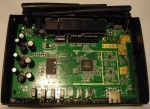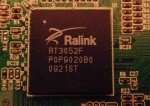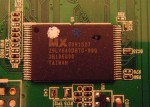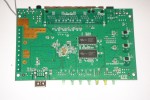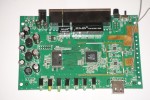Fonera 2.0n hardware
Model Name
Fonera SDK is originally based on Ralink SDK, also derived from OpenWRT project. Build instructions can be found on this pages: Download and build sources: FON2303 |
Dimensions30 mm x 157 mm x 127 mm (excluding antenna) |
Power12VDC, 1A (It seems to work with 6VDC) |
Ports#1 – USB 2.0/1.1 #1 – Ethernet WAN 10/100Mbps #4 – Ethernet LAN 10/100Mbps |
Antennas#2 – 3dBi Dipole Fixed Antennas |
CPUSoC Ralink RT3052F 320/384 MHz MIPS24KEc |
RAM64 MB – (32 MB cpu internal + 2×16 MB external PSC A3V56S40ETP-G6) |
Flash8 MB – MX29LV640DBTC-90G |
External links:
Product briefing
RT3052F CPU Ref.
Ralink ApSoC SDK 3301
SDK User’s manual
MX29LV640DBTC-90G
Fonera SDK is originally based on Ralink SDK, also derived from OpenWRT project.
Build instructions can be found on this pages:
http://wiki.fon.com/wiki/Fonera_2.0n
https://www.netquote.it/nqmain/2011/02/fonera-2-0n-hardware/
http://trac.fonosfera.org/fon-ng/wiki/build
Download and build sources:svn co http://svn.fonosfera.org/fon-ng/tags/2.3.6.1/ fon-sdk
cd fon-sdk/
chmod +x install.sh
./install.sh
cd openwrt
make menuconfig
Dead after a few difficult years 🙁
